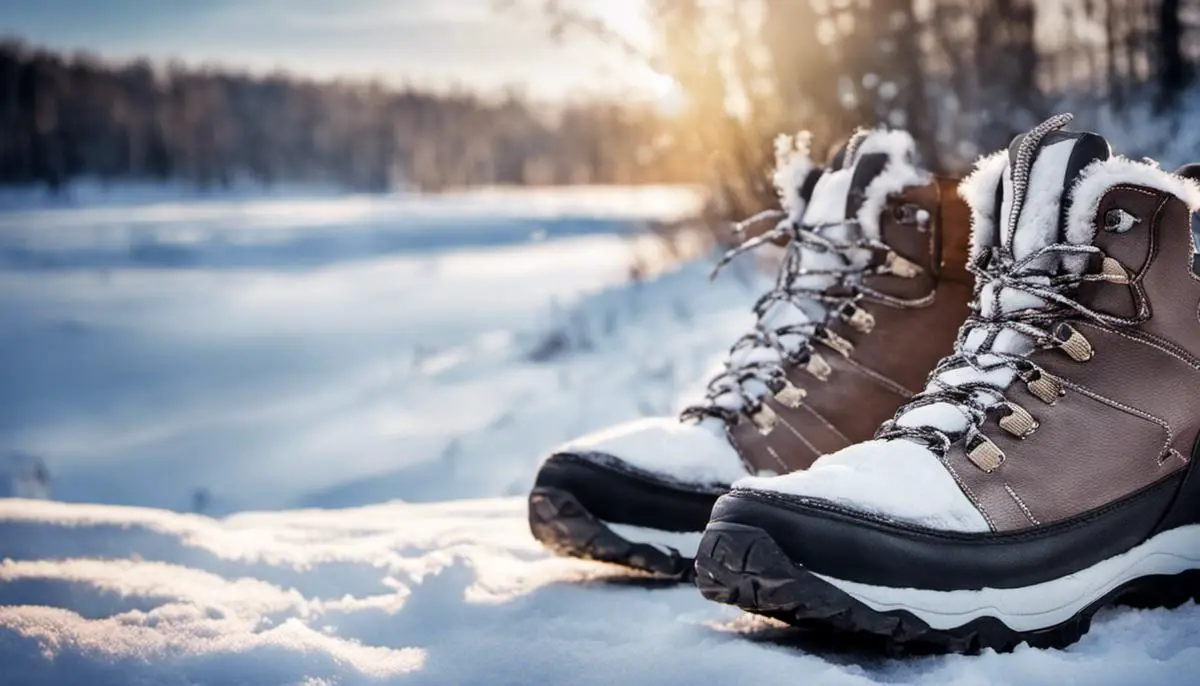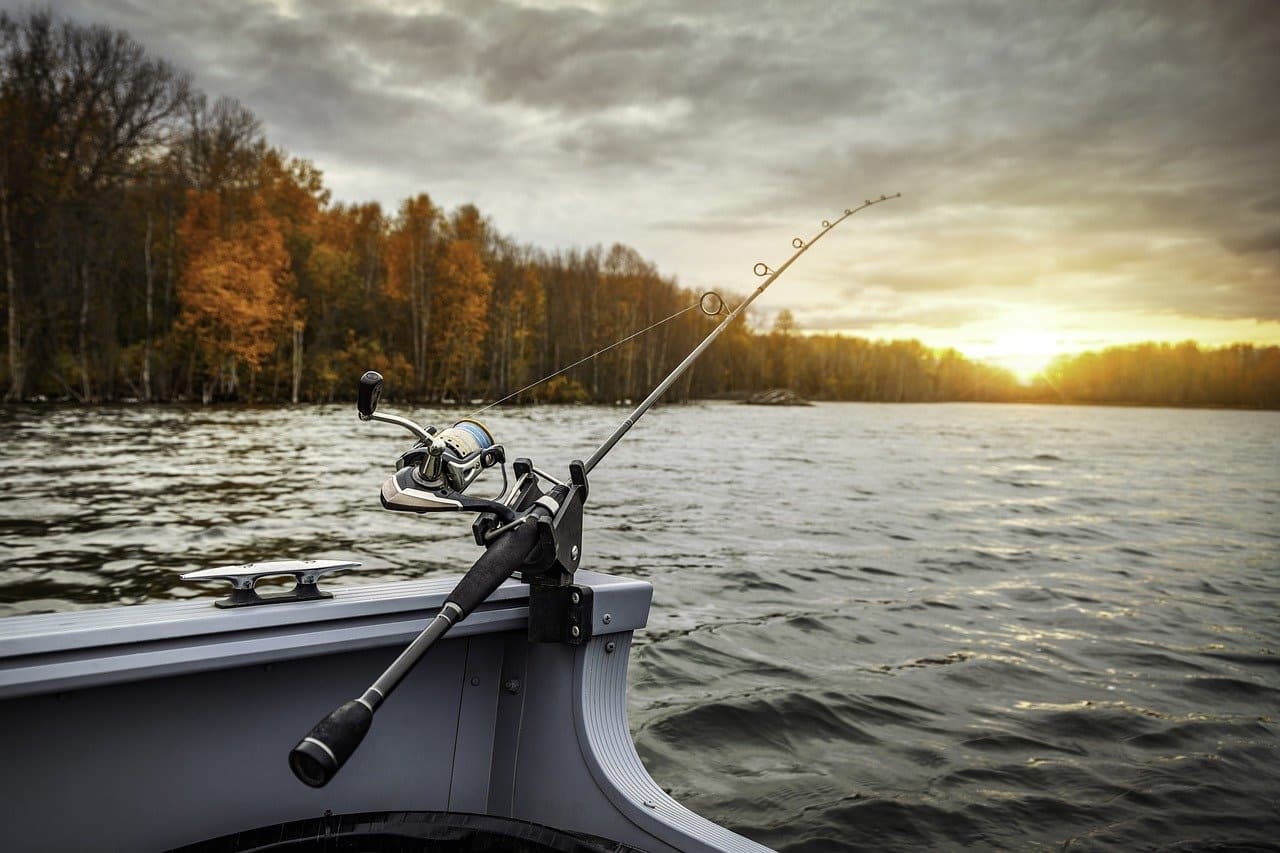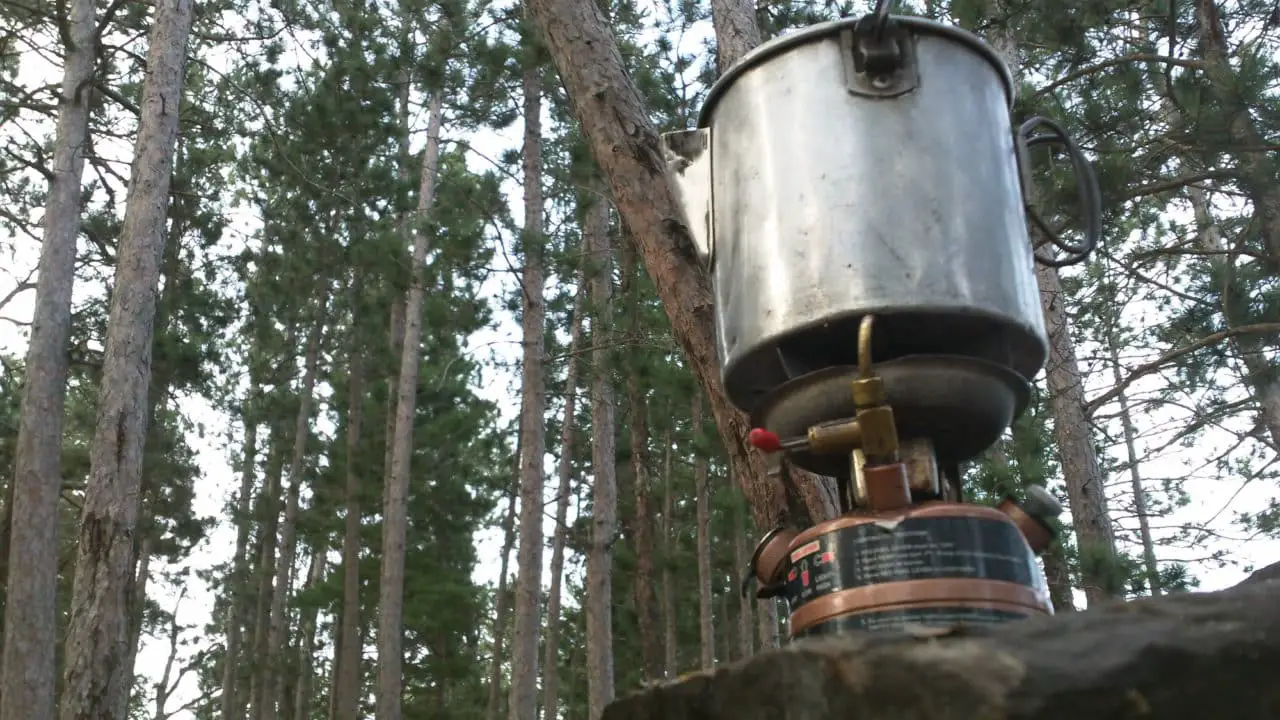Selecting the right pair of shoes for walking in winter is not merely about fashion but fundamentally about safety and comfort. To navigate through the cold, icy, and often wet winters, you will need shoes that gratify certain key aspects such as insulation, waterproofing, and traction while providing excellent fit, and comfort. Additionally, recognizing leading brands in the winter walking shoes market, understanding the different types of shoes available and their corresponding advantages and disadvantages can make the decision-making process easier. Equally important is learning about the proper maintenance and care for these shoes to ensure they last longer and stay in optimum condition.
Table of Contents
Understanding Winter Footwear Basics
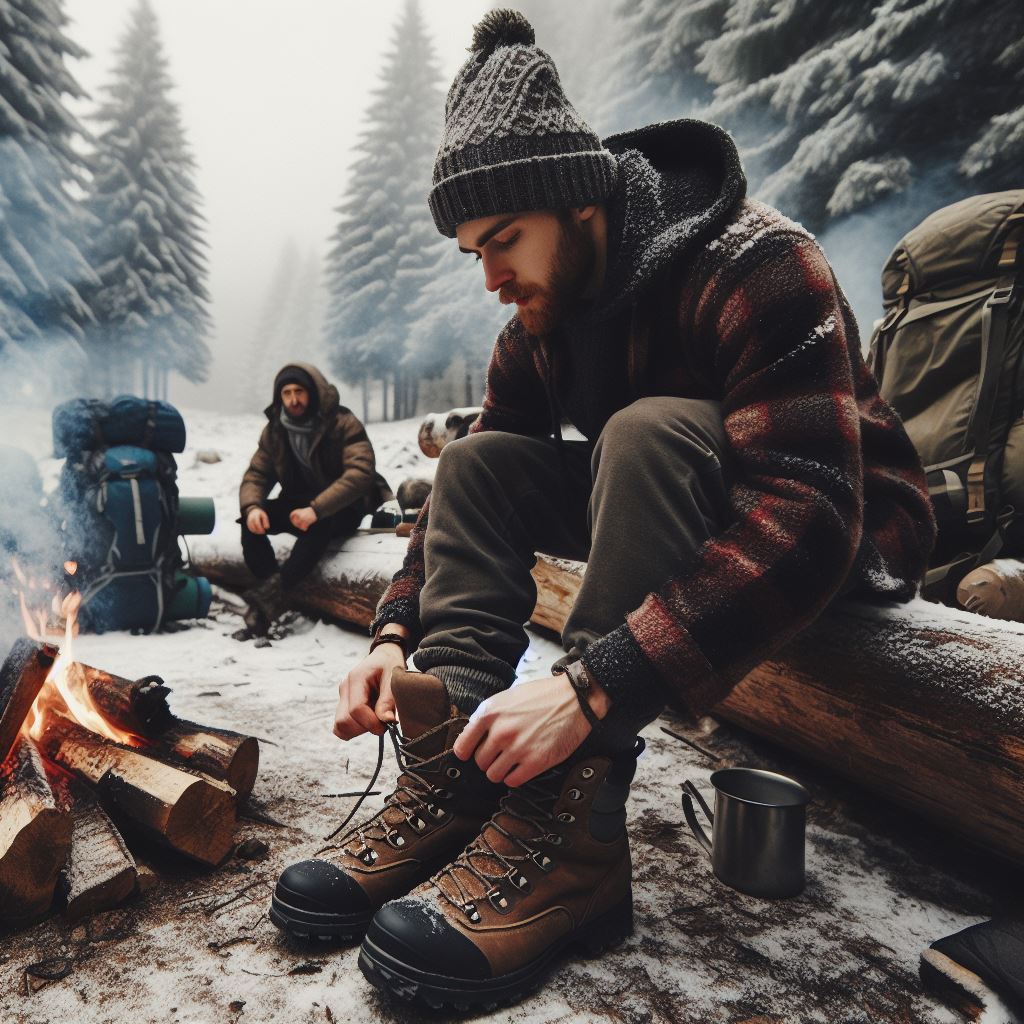
Key Characteristics of Winter Walking Shoes
When choosing shoes for winter walking, the primary characteristics to focus on include insulation, waterproofing, and traction. Proper insulation is crucial to keep your feet warm in chilly temperatures. A shoe with built-in insulation provides a layer of warmth and protection against winter drafts. Look for shoes that specify their temperature rating or list the level of insulation included, typically measured in grams.
In addition to insulation, shoes must be waterproof to protect your feet from getting wet and cold. Look for shoes made of materials that repel water, such as leather or synthetic waterproof fabrics, or shoes that have integrated waterproof membranes. You can also treat some materials, like suede and nubuck, with a waterproofing spray for additional protection.
Traction is also an essential feature of winter walking shoes as this will prevent accidents on slippery surfaces. Look for shoes with rubber outsoles and deep lug patterns, which will provide better grip and stability when walking on snow or ice.
Balancing Comfort and Fit
Comfort and fit are just as critical when selecting winter walking shoes. An uncomfortable shoe can make even a short walk unbearable, while an ill-fitting shoe can cause blisters and foot pain. It’s best to try shoes on later in the day when feet tend to be at their largest, and remember to wear the type of socks you’ll typically use in winter to ensure an accurate fit.
Also, consider the shoe’s weight and flexibility. Lightweight shoes will make walking less strenuous, and flexible ones will move naturally with your foot, both of which are more comfortable for extended walks.
Regarding fit, there should be enough room to wiggle your toes (for warmth and circulation), but not too much that your foot can slide within the shoe, which can create friction and blisters. The shoe should fit snugly around the heel to prevent it from slipping out as you walk.
Determining Correct Shoe Size
To determine the right shoe size, measure your foot length, the widest part of your foot, and your arch length. You can do this at home using a ruler, tape measure, and a piece of paper to trace your foot’s outline. Most shoe companies provide sizing charts online, matching different foot measurements to the correct shoe sizes. But, it’s always a good idea to try the shoes on if possible, since sizing can vary amongst different brands.
Remember to consider foot swelling—which often happens after walking for a while—when choosing size. To account for this, your shoes should fit well but not too snug with a thick pair of socks, which you’re likely to wear during winter. Also, consider possible additional insoles for insulation; you may need to size up to accommodate them.
Embarking on a quest for the ideal winter walking shoes may initially be intimidating. Regardless of this, by keenly examining aspects such as insulation, waterproofing, and traction capabilities, as well as their comfort and fit, you will be ideally equipped for your winter strolls. Furthermore, paying careful attention to getting the correct shoe size is essential.
Reviewing Top Brands for Winter Walking Shoes

Merrell Men’s Moab 2 Mid Waterproof Hiking Boots
When narrowing down your options, Merrell’s Moab 2 Mid Waterproof Hiking Boots deserve recognition. Known for their premium outdoor footwear, Merrell has created this pair with lasting endurance, proficient water resistance, and breathability in mind. These boots feature a Vibram sole that provides impressive traction, making them suitable for ice and snow-laden paths. They support prolonged walks and a unique air-cushion in the heels enhances comfort. Their M Select DRY technology is designed to prevent water intrusion, simultaneously allowing for moisture release. Many consumer reviews praise these boots for the immediate comfort they offer, requiring little to no break-in period. The pricing typically ranges from $110 to $135, varying based on the seller and ongoing deals or discounts.
Keen Women’s Targhee II Mid Waterproof Hiking Boot
Keen is known for its sturdy and comfortable shoes. The Targhee II Mid Waterproof Hiking Boot is no exception and is highly recommended for winter walks. The boots, known for their durability, are made from waterproof nubuck leather and have a membrane that wicks away sweat. An ESS shank provides torsional stability for a secure ride, while 4mm multidirectional lugs offer excellent traction. Keen’s patented toe protection covers the majority of the toe box for optimum safety. Customers note the high comfort level and solid traction, especially in snowy conditions. Depending on the color and size, the price can range from $135 to $150.
Columbia Men’s Bugaboot Plus IV Omni-Heat Boots
Columbia’s Bugaboot Plus IV Omni-heat boots offer maximum protection, comfort, and warmth in challenging winter conditions. These boots have a tech-light lightweight midsole for long-lasting comfort and superior cushioning. The boots are equipped with omni-heat technology, making them thermal-reflective and providing perfect insulation in freezing weather. The combination of leather, nylon, and metal hardware construction ensures durability. Its omni-grip non-marking traction rubber outsole provides excellent grip on slippery surfaces. Users commend these boots for being comfortable and very warm even in sub-zero temperatures. They typically retail for between $145 and $170, depending on the seller and any ongoing offers.
The North Face Women’s Thermoball Utility Mid Insulated Boot
The North Face is a well-known brand that delivers quality outdoor gear. Their Women’s Thermoball Utility Mid Boot is a great choice for winter walks. They are insulated with PrimaLoft ThermoBall synthetic insulation and are waterproof, ensuring your feet stay warm and dry in snowy conditions. The boots also come with a rubber outsole that offers superior traction on icy surfaces. Customers regularly comment on the cozy interior, sleek design, and overall durability of these boots. Variations in size and color may affect the price, but they generally range from $120 to $160.
Timberland Men’s White Ledge Mid Waterproof Ankle Boot
Timberland’s White Ledge Mid Waterproof Ankle Boot is a well-regarded choice in the realm of winter footwear, offering a balanced formula of comfort, fortitude, and aesthetic appeal. These boots are meticulously crafted using superior full-grain waterproof leather, boasting seam-sealed construction for comprehensive protection against the elements. The advanced anti-fatigue technology infused in these boots, thanks to the geometrical cone support, ensures lasting comfort, shock resistance, and efficient energy return throughout the day. With stellar endorsements for their comfort and waterproof features, these are a top-tier choice for winter walks. You can generally find these boots priced between $80 and $115.
Comparing Types of Winter Walking Shoes

Insulated Boots
For individuals frequently battling against bitter, icy winters with relentless winds and heavy snowfall, insulated boots are usually the preferred option. Constructed with robust materials to withstand severe cold, these boots are lined with a generous layer of insulation for optimal heat retention. These boots are also designed with high-traction soles, adding a safeguard against slipping or skidding on icy surfaces. The trade-off for such protection is that these boots can be somewhat weighty due to their sturdy construction, making them less suitable for extended periods of walking. Despite this, their warmth provision and unparalleled protective features make insulated boots a favorite for winter conditions.
Hiking Shoes
Hiking shoes can be a very suitable option for winter walking, especially for those who reside in regions where winter is milder or for outdoor enthusiasts who like to partake in winter treks. These shoes are usually waterproof or at least water-resistant and provide excellent support and comfort for long hikes. Though they may not have the same insulation levels as winter boots, they still typically offer some warmth. The key advantage of hiking shoes is the balance between weight, comfort, support, and protection making them a versatile choice. They do, however, require extra care to maintain their waterproofing abilities.
Slip-ons
Slip-on winter shoes tend to be the most convenient choice. Designed for ease of use, these shoes are perfect for those who need to venture outside quickly or briefly in winter. They often have a warm lining and a waterproof exterior but usually lack the high-level of insulation seen in winter boots. Although slip-ons can offer a decent amount of warmth and comfort, they generally lack in ankle support and may not offer as much traction on icy surfaces. As a result, they’re most suitable for light snow conditions and not for heavy-duty outdoor activities.
The Process of Selecting Appropriate Winter Shoes
Your choice in winter walking shoes will largely depend on your unique requirements and the specific conditions you will be facing. In extreme cold, heavy snow or engaging in outdoor activities like winter sports or snow shoveling, you’ll need insulated boots for optimal warmth and protection. For a more mild winter, or if you plan on leisurely walks or winter hikes, hiking shoes will provide the support, flexibility, and appropriate level of warmth that you need. Slip-on shoes are a comfortable and convenient option for quick outdoor trips or a light snowfall. It’s crucial to consider your individual needs, local winter conditions, and personal comfort when making a choice.
Maintenance and Care of Winter Walking Shoes
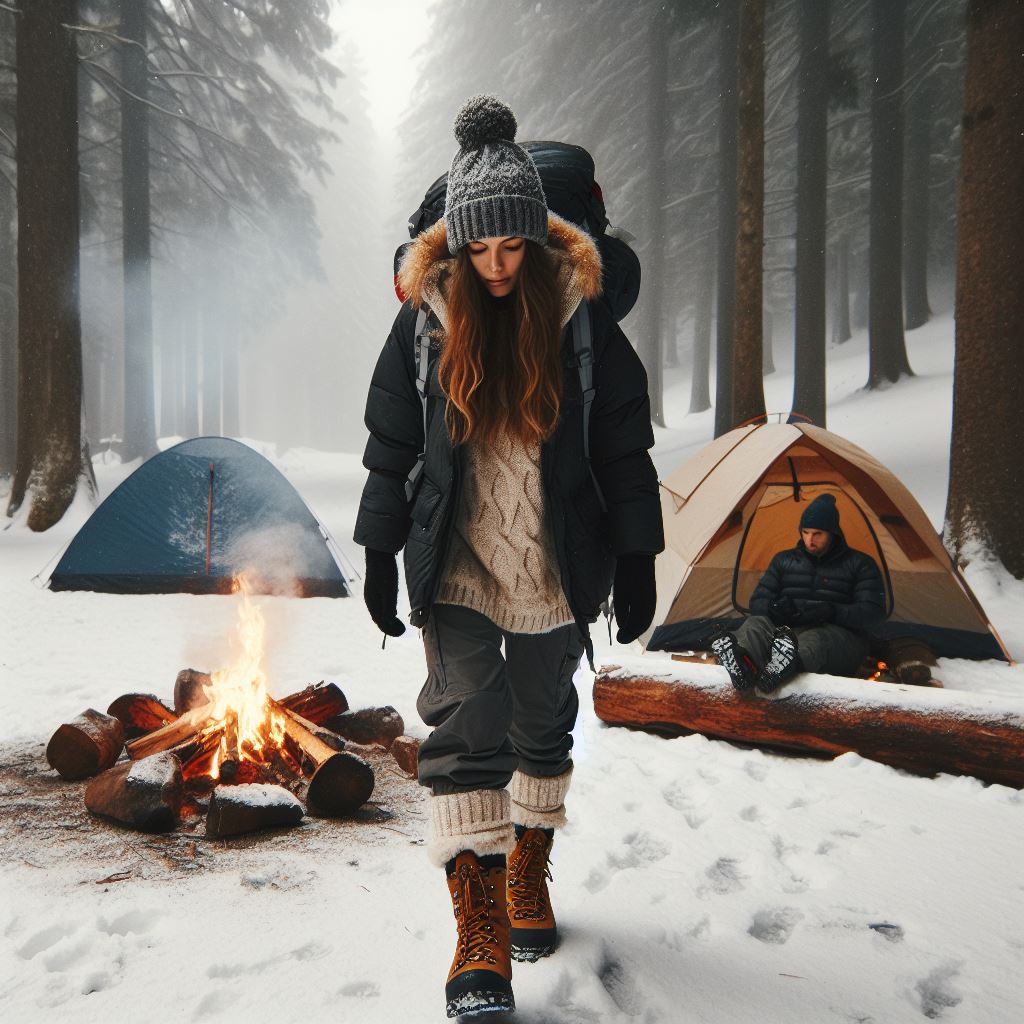
Selecting High-Quality Shoes for Winter Walks
For optimal performance and durability when walking in winter, it’s crucial to invest in high-good quality winter shoes. Key factors to consider in your selection process include your shoe’s insulation, waterproof qualities, and traction. Insulating materials such as Thinsulate or Heatseeker prevent heat loss, while shoes using leather or synthetic materials with a waterproof liner like Gore-Tex are excellent at keeping your feet dry. In terms of grip, shoes with outsoles that feature deep lugs are preferred to ensure maximum traction on slippery surfaces.
Cleaning and Maintaining Winter Walking Shoes
After selecting the right pair of shoes, the next step is proper maintenance. This process begins with regular cleaning. Always remove any dirt or snow promptly after your walks since these can degrade the shoe materials over time. For cleaning, use a soft brush to remove dry dirt and grime from the shoe surface and soles.
If your shoes have caked-on mud or dirt, use a damp cloth or soft brush dipped in lukewarm water. Never use hot water as this can damage seams and material of the shoe. If the shoes are extremely dirty, use a mild soap solution, but avoid using harsh detergents or chemicals as they can deteriorate the shoe fabric.
After cleaning the shoes, let them air-dry naturally at room temperature. Never dry them next to a direct heat source like a fire or heater as it can warp or shrink the materials.
Waterproofing Your Winter Walking Shoes
To maintain the waterproof qualities of your shoes, reapply a waterproofing treatment regularly. These are available in different forms such as sprays, waxes, or creams. Before applying, ensure the shoes are clean and dry. Always follow the manufacturer instructions on how to apply the product.
Storing Winter Walking Shoes
Properly storing your winter shoes at the end of the season is crucial for maintaining their performance and longevity. Once you’ve cleaned and dried the shoes, store them in a cool, dry place. Do not pack them in plastic bags or airtight containers as this can trap moisture, leading to mold and mildew.
If possible, store the shoes with some form of support on the inside, such as crumpled acid-free paper or a shoe tree, to help maintain their shape.
In summary, taking care of your winter walking shoes requires regular cleaning, maintenance, and proper storage. This not only preserves the shoes but also ensures your comfort and safety during winter walks.
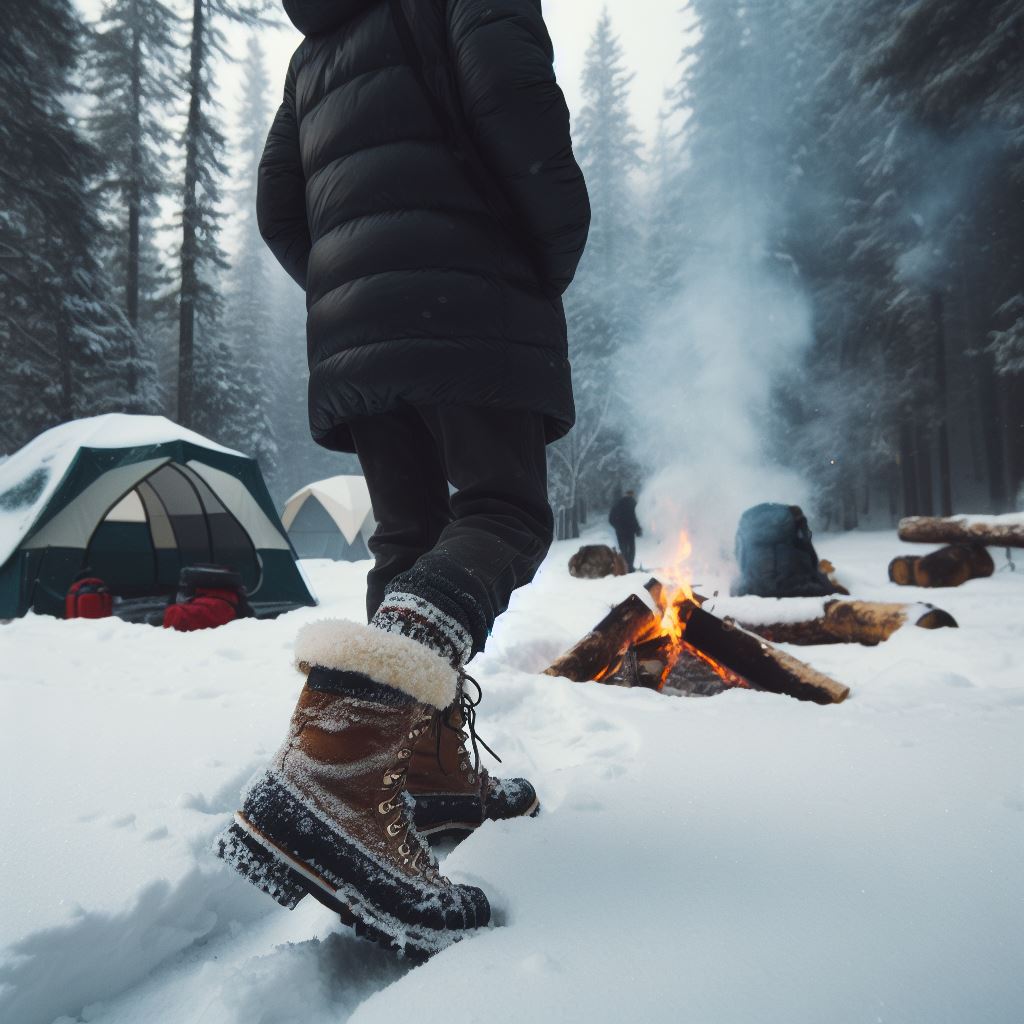
Armed with this information, you are now well-equipped to invest in winter walking shoes that not only serve their practical purpose but also match your personal style. The best pair of winter shoes for you should offer good insulation, waterproof features, and superior traction, at the same time fitting comfortably and snugly. Moreover, understanding top brands, shoe types, and care procedures for winter footwear will certainly enhance their durability and performance. Remember, the right winter walking shoes are not an expense, but an investment that will contribute to more enjoyable and safer walks in the winter season.
Related Reading

7 Days With The Boundary Waters Crew From Hell
4 Types of Outdoor Gear to Upgrade First
10 Top Pieces of Backpacking Gear You NEED To Start With Right Now
